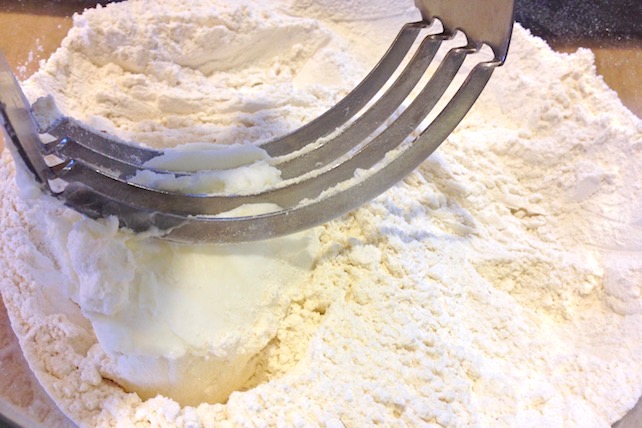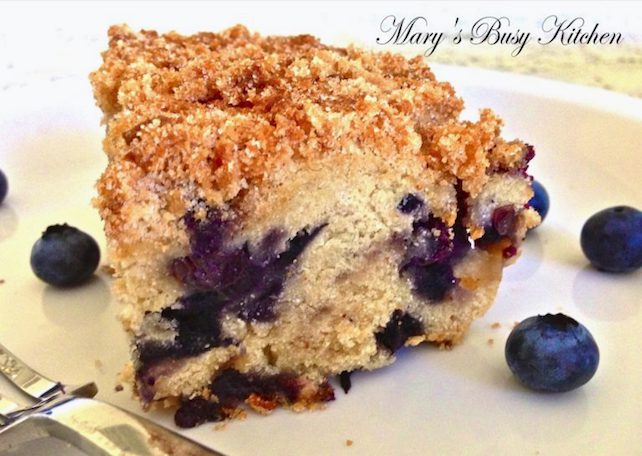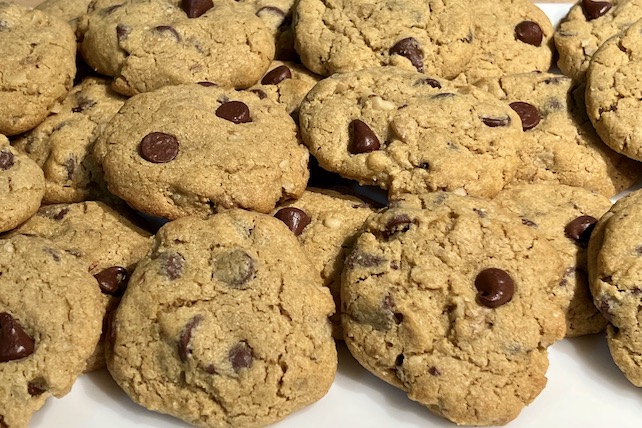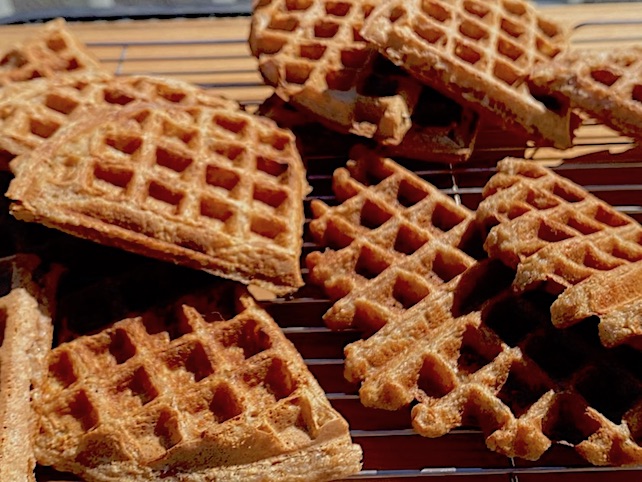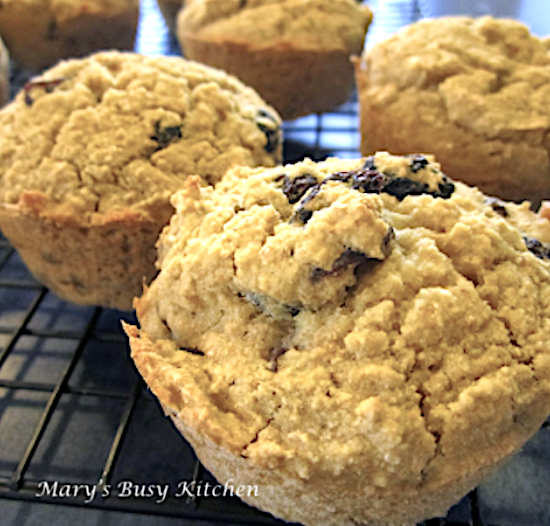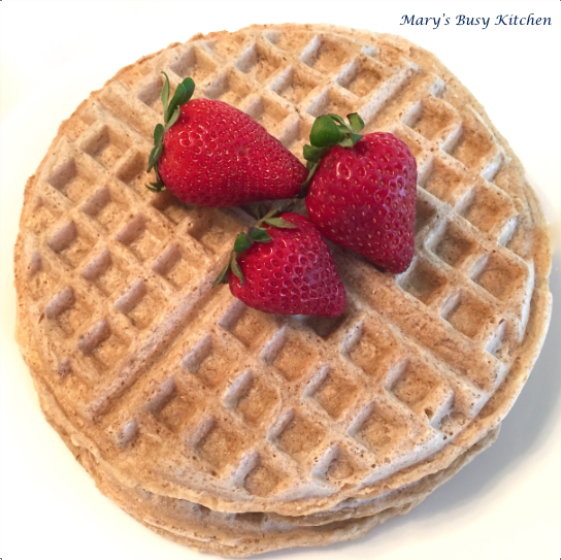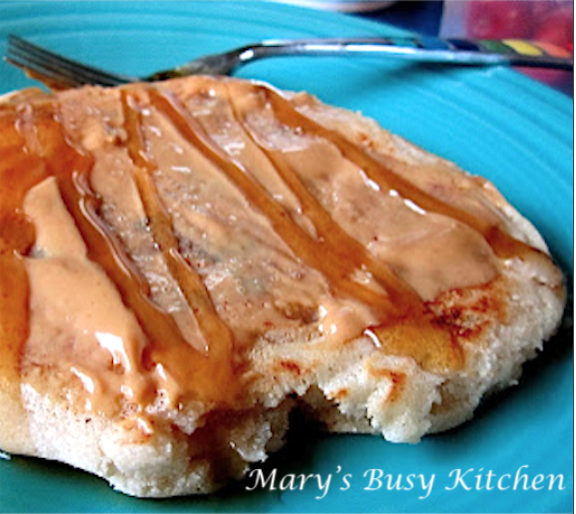Gluten-Free Flour Blends For Cooking & Baking
Gluten-free flour blends for baking and cooking can save you money especially if you watch for sales.
Disclosure: Some of the links below are affiliate links, meaning that at no additional cost to you, I will receive a commission if you click through and make a purchase. Read our full affiliate disclosure here.
I have to be honest though, I never see many gluten-free flours go on sale. I used to buy all my special flours in bulk because when I became gluten-free there just weren’t any premade mixes to be found. But now…Oh, there are plenty. If you find one you like and that works well with your recipes it will save you time and energy.
I will admit, I buy my share of the pre-made baking mixes and I love them. But there are many other options to try. The best advice I can give you on gluten-free baking is to try different combinations. Without a doubt, you will find you have a preference for certain flavors and textures.
For example, my favorite flours for cookies are garbanzo bean, brown rice, and oat in various combinations. I’ve noticed that when I use bean flour and rice flour together the result is a chewy cookie!
Experimenting is the key to gluten-free baking. I hope this will help get you started.

**Add Xanthan Gum or Guar Gum to any recipe using the guidelines in the notes below.
Basic Gluten-Free Flour Mix -can be used to replace wheat flour in any recipe.
2 cups white rice flour
2/3 cup potato starch
1/3 cup tapioca flour
3 cups cornstarch
3 Tbsp potato flour (not potato starch)
All-Purpose Flour Blend -can be used to replace wheat flour in any recipe.
2 cups of rice flour
1 cup tapioca starch/flour
1 cup cornstarch or potato starch
High-Protein Flour Blend – works best in baked goods that require elasticity, such as wraps & pie crusts.
2 1/2 cups bean flour (garbanzo bean or soy)
2 cups arrowroot starch, cornstarch, or potato starch
2 cups tapioca starch/flour
2 cups white or brown rice flour
Use these amounts:
1/2 tsp. per cup of flour blend for cakes, cookies, bars, muffins & quick bread.
1 tsp. per cup of flour blend for yeast bread, pizza dough, or other baked items that call for yeast.
Note: The flour mixes shown below have xanthan gum already added to the mix:
All-Purpose Flour Mix for any baking recipe.
1 cup white rice flour
1 cup oat flour
1 cup coconut flour
1 cup tapioca flour or starch
1/4 cup cornstarch
3 1/2 tsp xanthan gum or guar gum
2 1/2 cups white rice flour
1 cup tapioca starch/flour
4 tsp. xanthan gum or guar gum
8 tsp. baking powder
1 tsp. salt
Gluten-Free Combo Flour Mixture – great for pound cakes, fruitcakes, and sweetbreads.
2 1/2 cups brown or white rice flour
1 cup potato starch
1 cup tapioca flour
1/4 cup cornstarch
1/4 cup bean flour (chickpea or garbanzo bean flour is lighter, fava bean flour is denser)
2 Tbsp xanthan gum or guar gum
Hints For Storing Gluten & Allergy-Friendly Flours:
~ Being organized is a huge time saver. It also helps you keep track of what you have on hand.
~ Use the largest containers for the flours used most often. This will allow you to purchase larger amounts and you will be more likely to have them on hand when needed.
~Store less common flours and grains in jars or smaller containers.
~ Try to purchase flour on sale; this saves money in the long run.
~ Date every container and jar; these flours have a shelf life. When stored on a shelf gluten-free flour is good for 3-6 months but when stored in the freezer it will last up to a year.
Here are some other gluten and corn-free flours to try:
~Coconut
~Millet
~Almond
~Quinoa
~Oat (must be guaranteed it has been processed gluten-free)
Remember any time you use a different flour it is possible you may need to make some other adjustments as well, such as the baking time and the dough consistency.
And now it’s time to bake and enjoy some good food!


